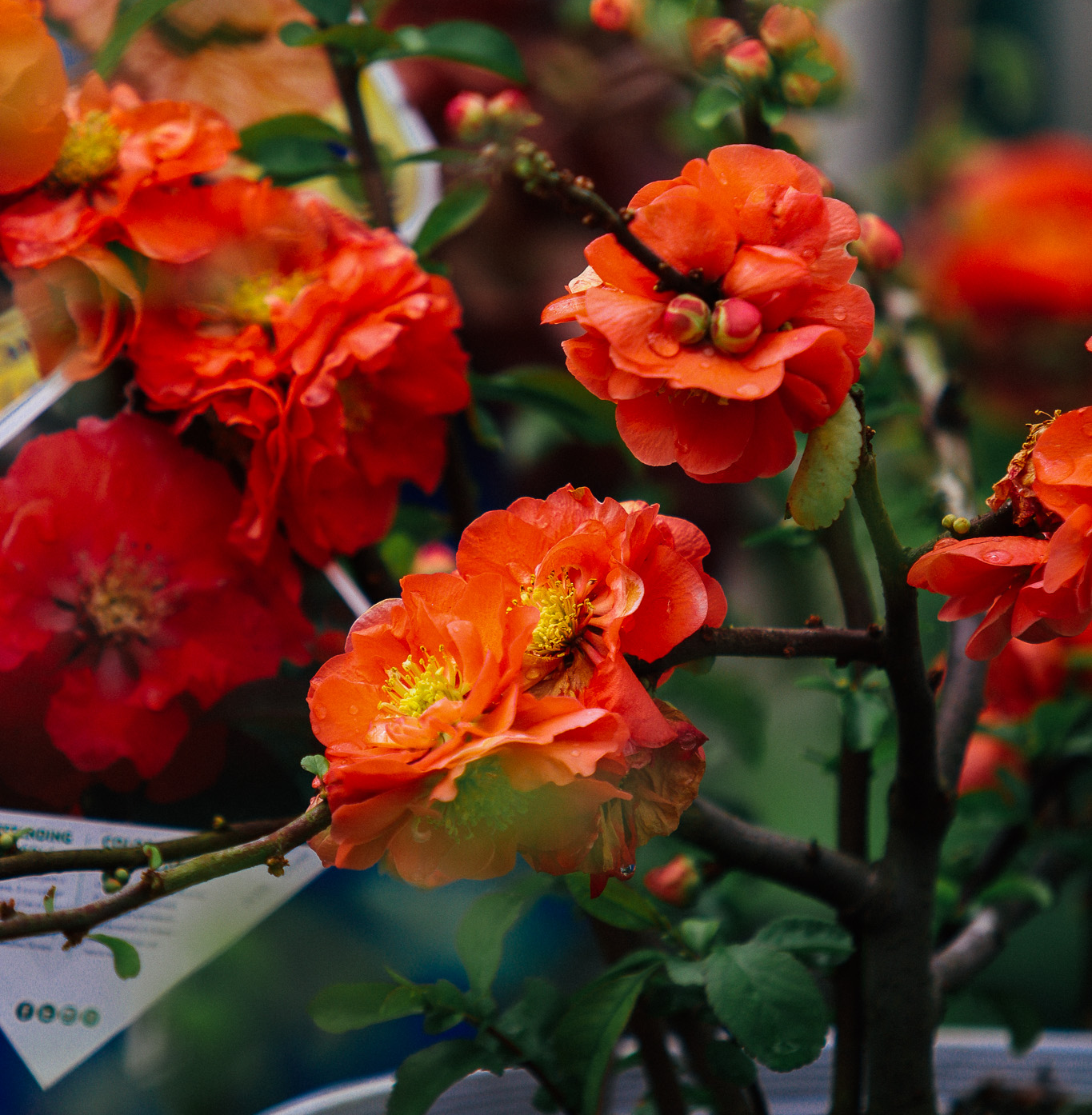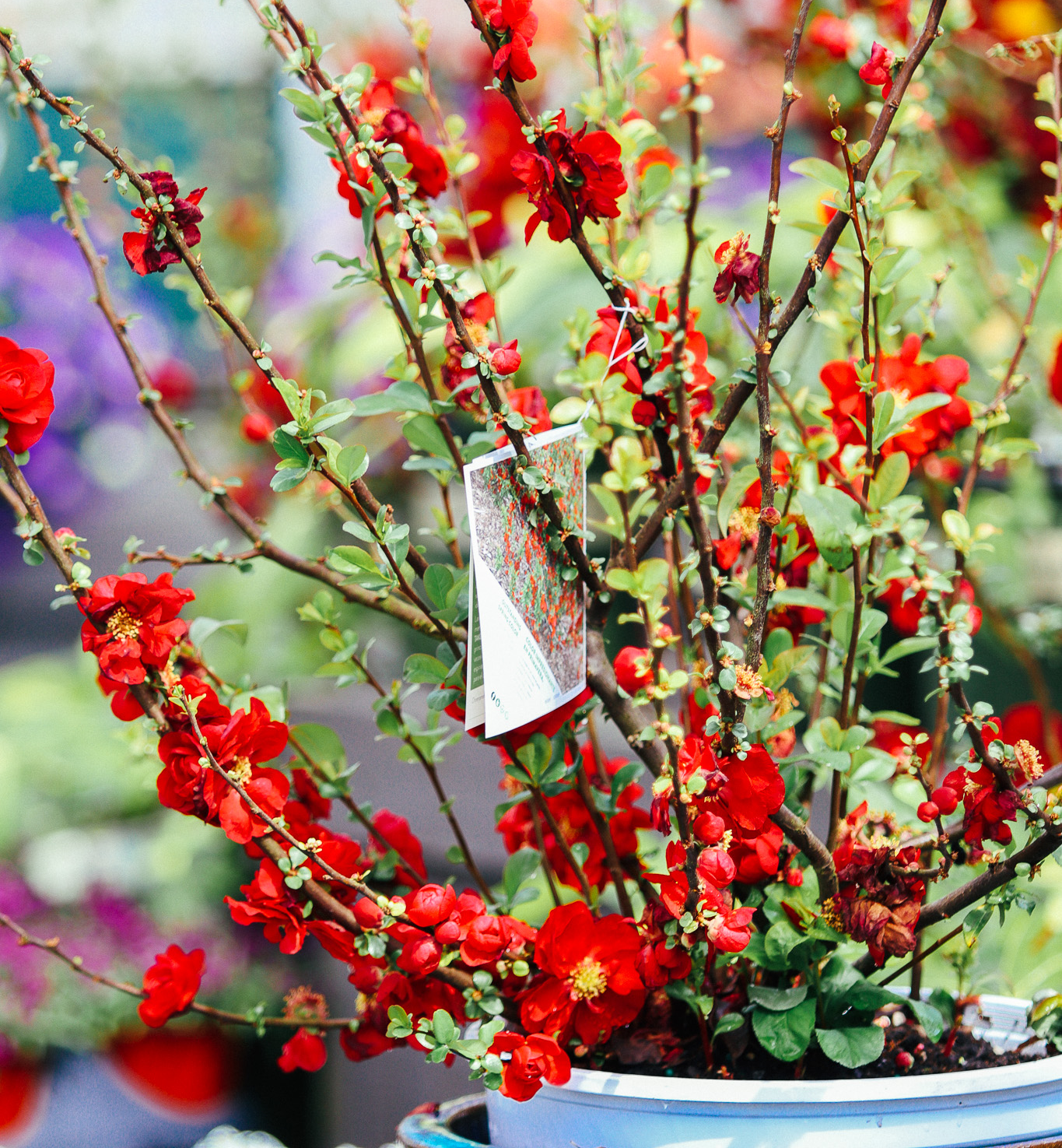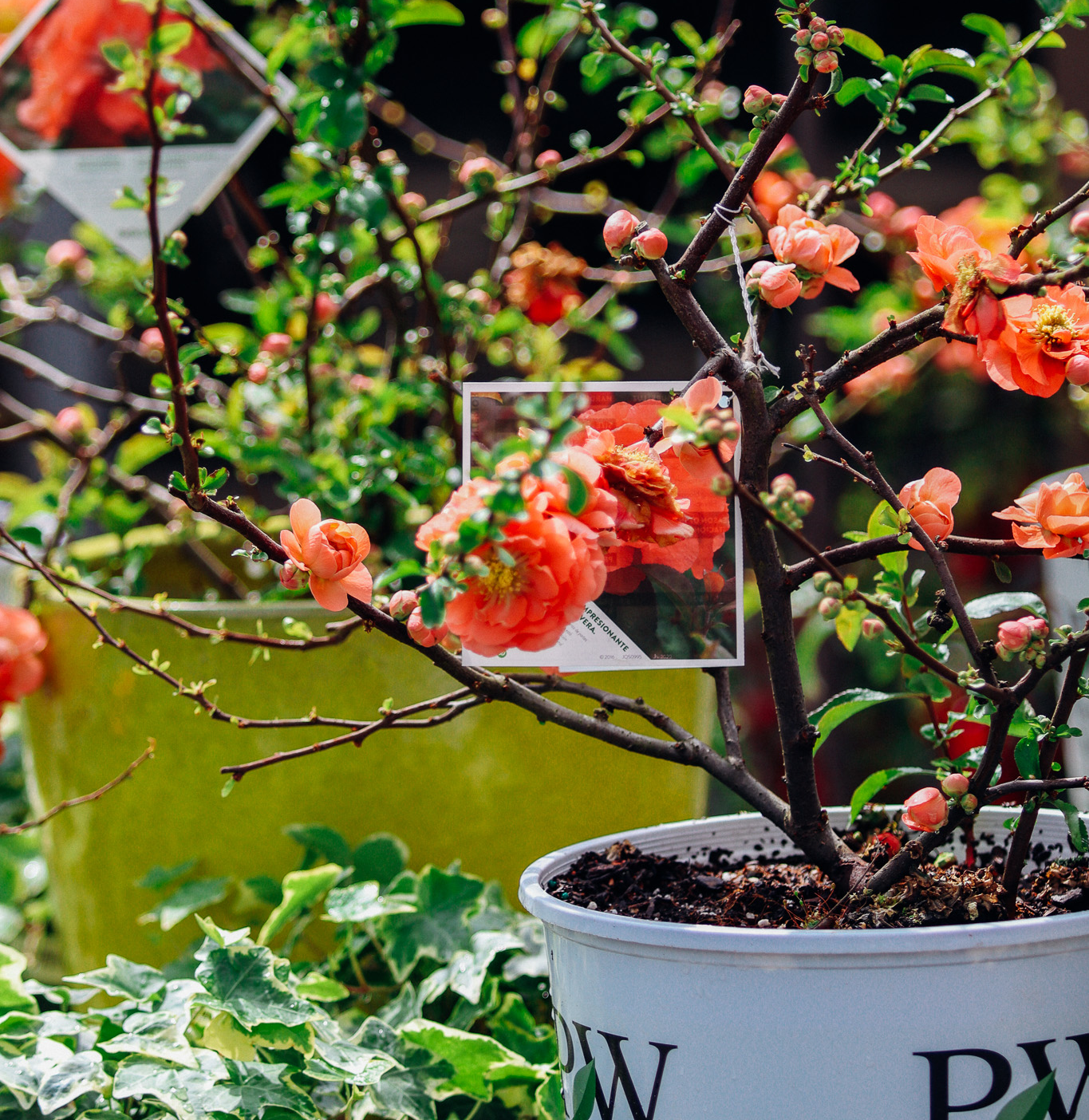Things to Look Out For
Although quince shrubs are pretty low-maintenance, that doesn’t mean that they will never hit any speed bumps on their growing journey. When caring for quince, or any other shrub, you will want to be checking them for changes over the seasons to make sure they are staying strong and healthy and not invaded by pests or diseases.
Leaf Changes - Since quince are deciduous shrubs, their leaves will be changing annually. However, it is important to note that you don’t have abnormal yellowing on your quince at the wrong times of year. This could be a soil pH issue, which we can test for you at our Garden Pharmacy desk at our year-round locations.
Bare Stems - Quince is a stunning spring shrub but it doesn’t bloom all year round. This can be disappointing to some gardeners that love to see their shrubs flowering for longer periods of time. Pairing your quince closely with other shrubs in your garden of different blooming times can aid in this issue in the colder months of the year.
The quince shrub is a true treasure of the botanical world. They're easy to care for, resilient, and create gorgeous blooms in spring. So why not add a quince shrub to your landscape today and enjoy the beauty and bounty it brings? To learn more about what’s growing on at our garden center, check out Mike, the Garden Guru, and his webinars with new plants, products, and expert planting advice. To keep inspired and grow with us, follow us on Facebook, Instagram, Pinterest, and TikTok to dig into the joys of gardening!



